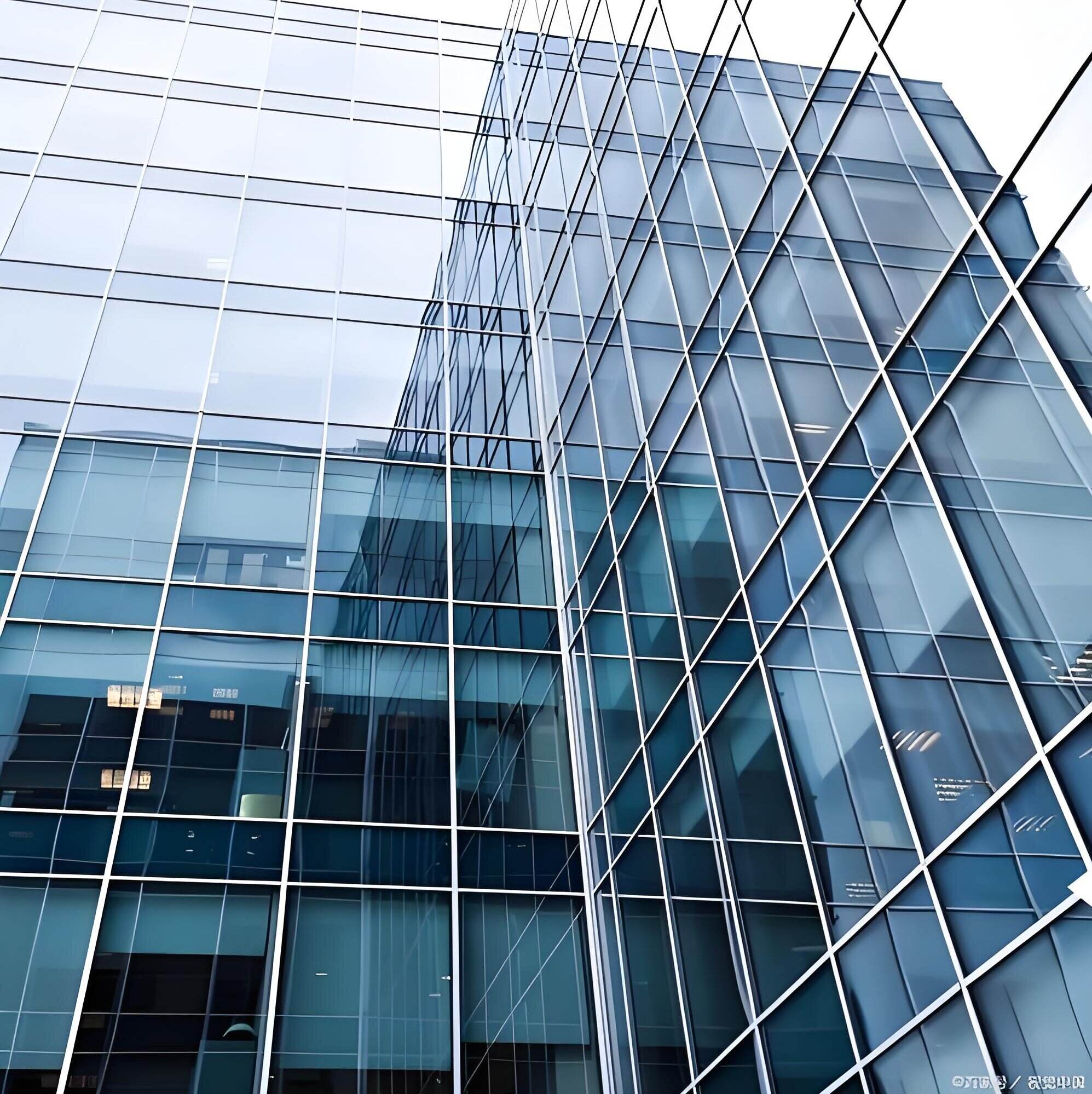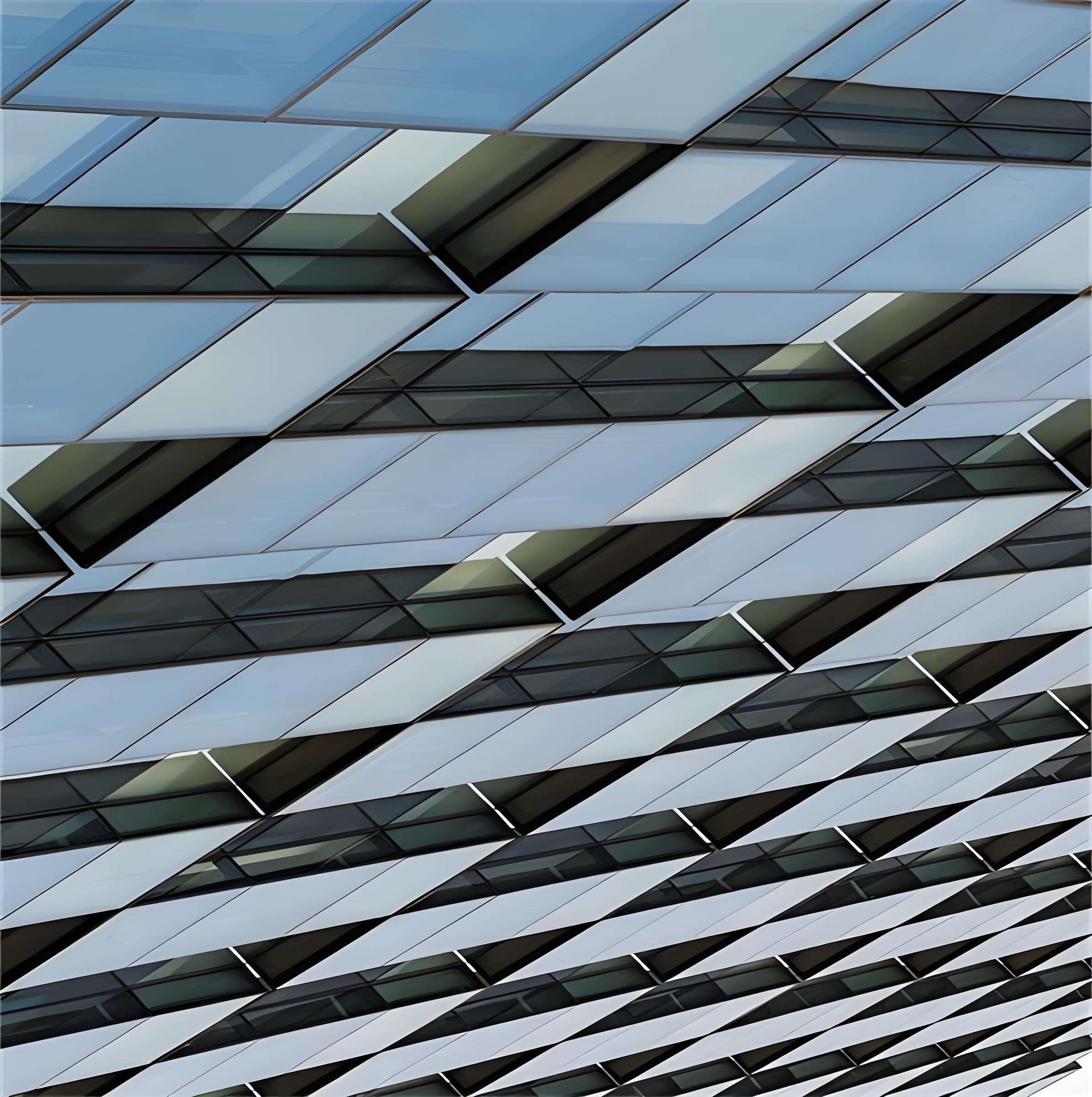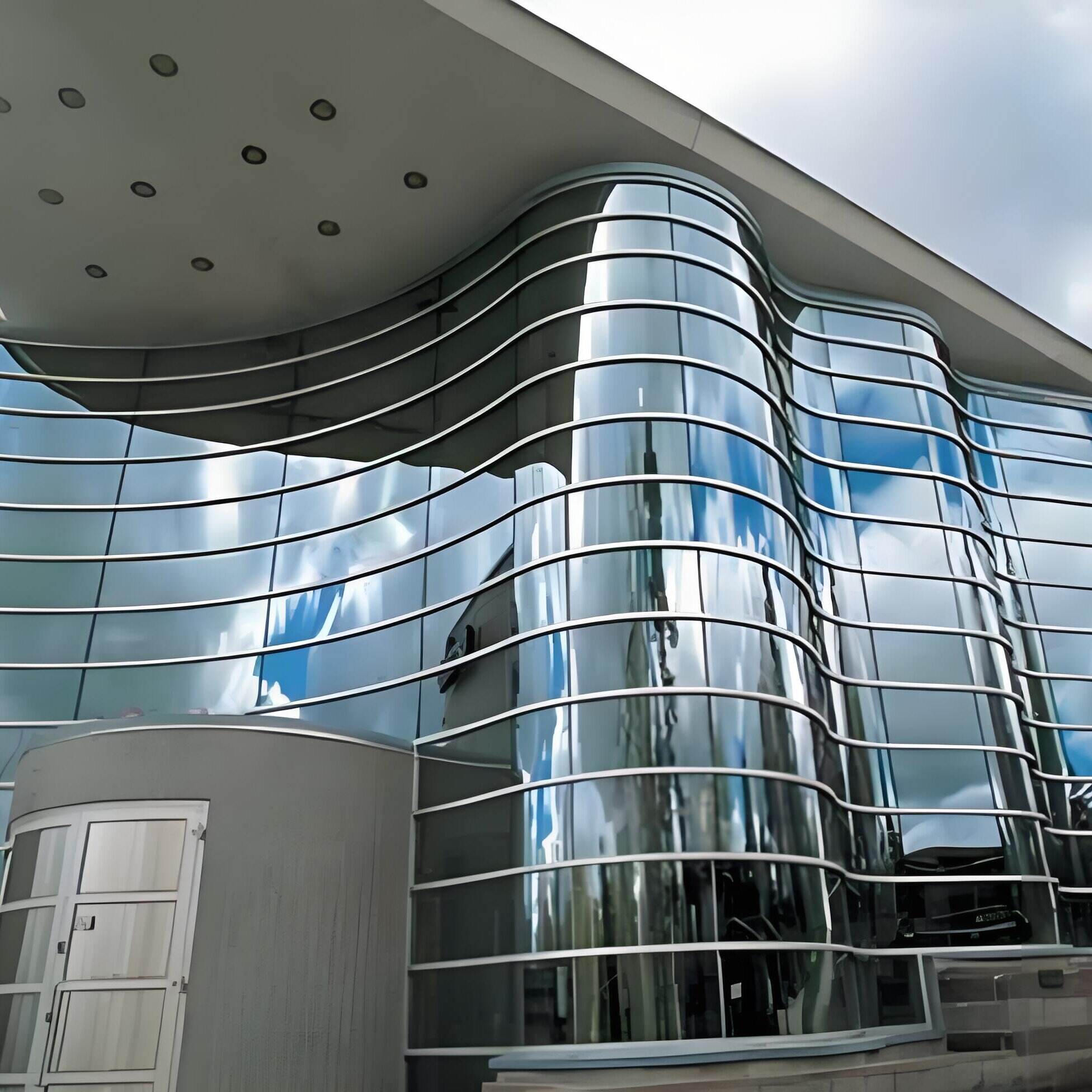قیمت شیشه معماری
قیمت شیشه معماری یکی از نظرات مهم در پروژههای ساخت و ساز مدرن است که شامل عوامل مختلفی است که بر هزینه نهایی تأثیر میگذارند. ساختار قیمت معمولاً به نوع شیشه، مشخصات، نیازمندیهای عملکردی و مقدار مورد نیاز بستگی دارد. شیشه فلوت استاندارد به عنوان نقطه شروع عمل میکند، در حالی که گزینههای تخصصی مانند شیشه تقویتشده، لایهای یا واحدهای شیشهای عایق به دلیل پردازش اضافی و ویژگیهای بهبود یافته قیمت بالاتری دارند. هزینه به ازای هر فوت کمیاب میتواند اختلاف زیادی داشته باشد، از 5 دلار برای شیشه صاف پایهای تا بیش از 100 دلار برای راهحلهای با عملکرد بالا. پیشرفتهای فناوری انواع جدیدی از شیشه هوشمند، پوششهای خود تمیزکننده و گزینههای صرفهجویی در انرژی را معرفی کردهاند، هر کدام دارای نقاط قیمت متمایزی هستند. این نوآوریها به پایداری ساختمان و کارایی عملیاتی کمک میکنند، اگرچه اغلب نیاز به سرمایهگذاری اولیه بیشتری دارند. نوسانات بازار، هزینه مواد اولیه و فرآیندهای تولید نیز بر قیمت نهایی تأثیر میگذارند. علاوه بر این، نیازهای نصب، مقیاس پروژه و عوامل منطقهای نقش مهمی در تعیین ساختار هزینه کلی راهحلهای شیشه معماری ایفا میکنند.


